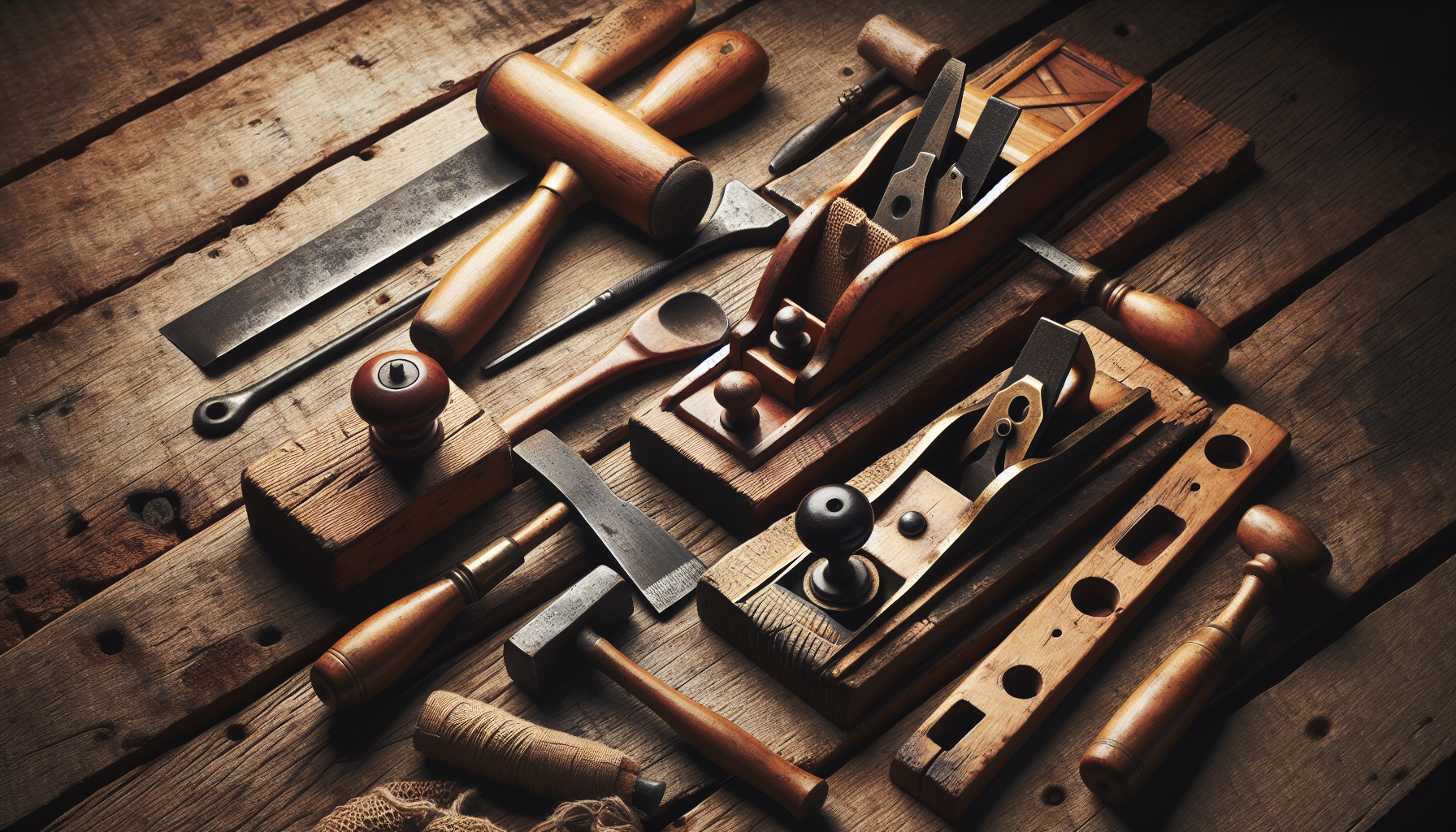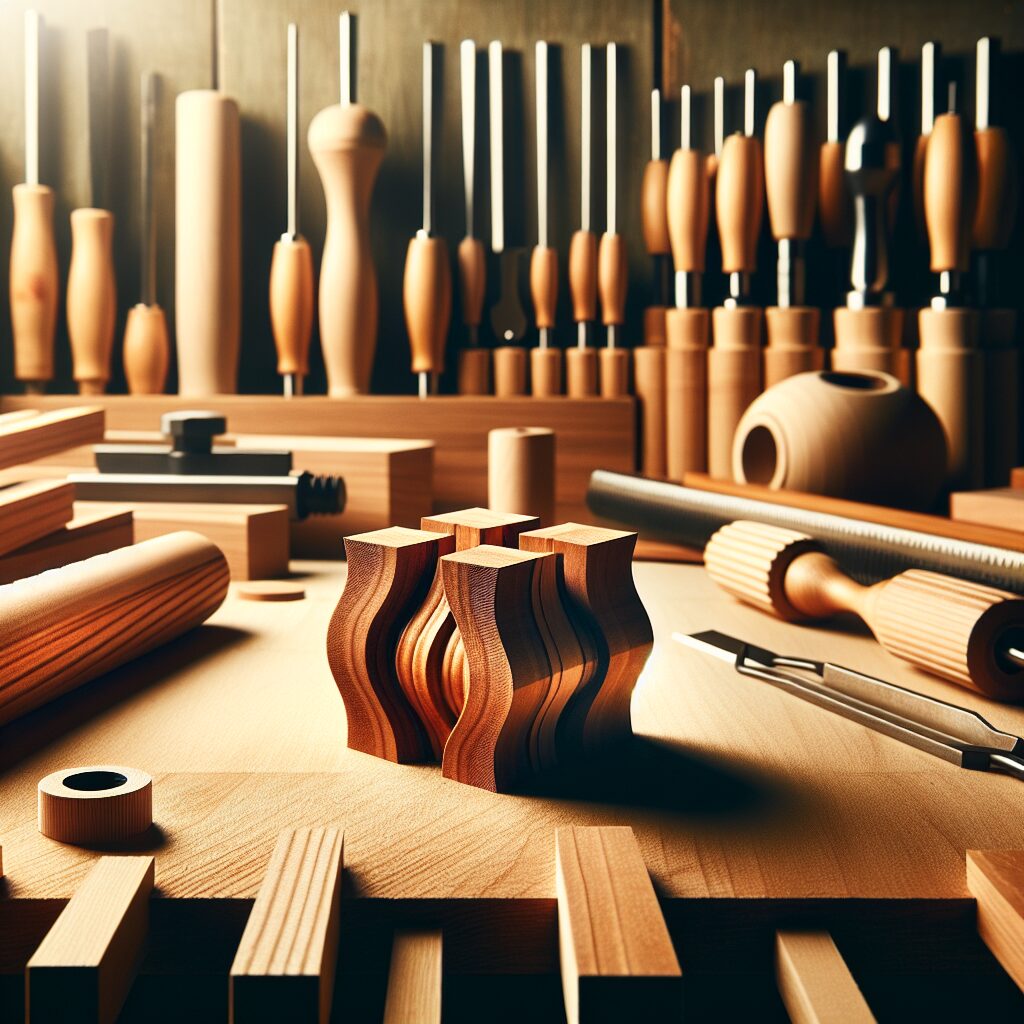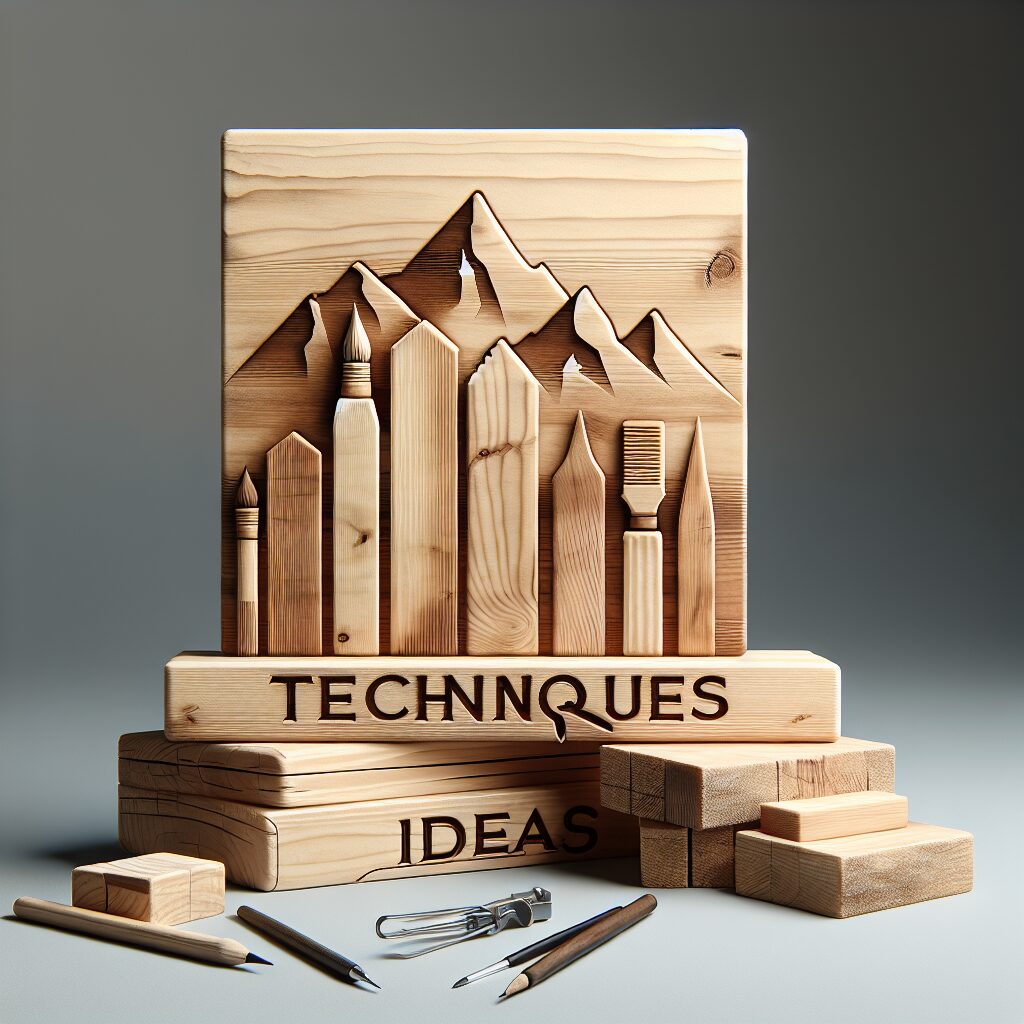Antique woodworking tools are a treasure to behold, they tell a story of craftsmanship from a time gone by. Finding, selecting, and refurbishing these tools requires a keen eye, an understanding of woodworking essentials, and a passion for preservation. The right antique tools can serve as functional pieces in a modern woodworker’s shop, or become unique additions to a remarkable collection.
Finding and Selecting Antique Woodworking Tools
Just like the antique pieces you may construct in your shop, finding the perfect collection of woodworking tools requires patience and persistence. Local flea markets, estate sales, antique shops, and online marketplaces like eBay are some popular hunting spots. Yet, the real challenge lies in understanding the difference in value between a true antique and an old, unusable tool.
The difference between woodworking and carpentry can help guide you towards the right tools for your needs. For instance, chisels, hand planes, and hand saws are commonly used woodworking tools that can retain their functionality over the years. The condition of the tool, its rarity, and its manufacturer can all affect the value and usability of an antique tool.
Look for tools in good condition with minimal rust and intact handles. However, don’t be put off by superficial wear and tear, as these tools can often be successfully refurbished.
Respecting the Artistry of Traditional Woodworking
One of the undeniable charms of antique woodworking tools lies in the craftsmanship they represent. From the output they’ve produced to the story they carry of a craftsman from a time gone by, these tools embody the tradition and artistry of woodworking.
When browsing through antique tools, take some time to understand their history and their use. A 19th-century dovetail saw or a bevel gauge can give you a unique perspective on the techniques and skills of woodworkers past. Respecting this artistry can give your collection a richer, more meaningful dimension.
Understanding these traditional techniques isn’t merely about hoarding antiques—it’s a step towards mastering woodworking. A blend of these old-world skills with modern practices could add a unique touch to your woodworks.
Refurbishing Antique Tools: A Labor of Love
Once you’ve acquired your set of antique tools, the next part of the journey is restoring them to their former glory. Hand tools such as chisels and planes often require a good clean, sharpening, and perhaps a fresh handle. That being said, the key to refurbishing antiques is to preserve as much of the original tool as possible.
A gentle cleaning with a wire brush to remove loose rust followed by a soak in rust-removing solution works well in most cases. Handle replacements should ideally be done with the same type of wood as the original. If you need to sharpen the tool, consult a professional or gain a solid understanding of the process first. Remember, you can’t undo mistakes with antiques!
Use the right type of wood glue when fixing handles and other fixture points to ensure a firm grip without causing damage to the antique finish.
Safety First: Antiques in the Modern Workshop
Antique tools carry a special charm and integrating them into contemporary woodworking adds a nostalgic touch to your work. However, it’s crucial to ensure that using these tools doesn’t compromise your safety.
Like any other woodworking tool, antiques must be in good, working condition before use. Not all antique tools are safe or practical for modern woodworking. Use your judgment and consult a woodworking safety checklist to ensure you’re operating in a safe environment.
Whether used actively in your woodworking projects or showcased as part of your valued collection, antique woodworking tools present a thrilling venture in the woodworking journey. As you embark on this exciting path, remember: patience, skill, and respect for the craft are your most valuable tools.







